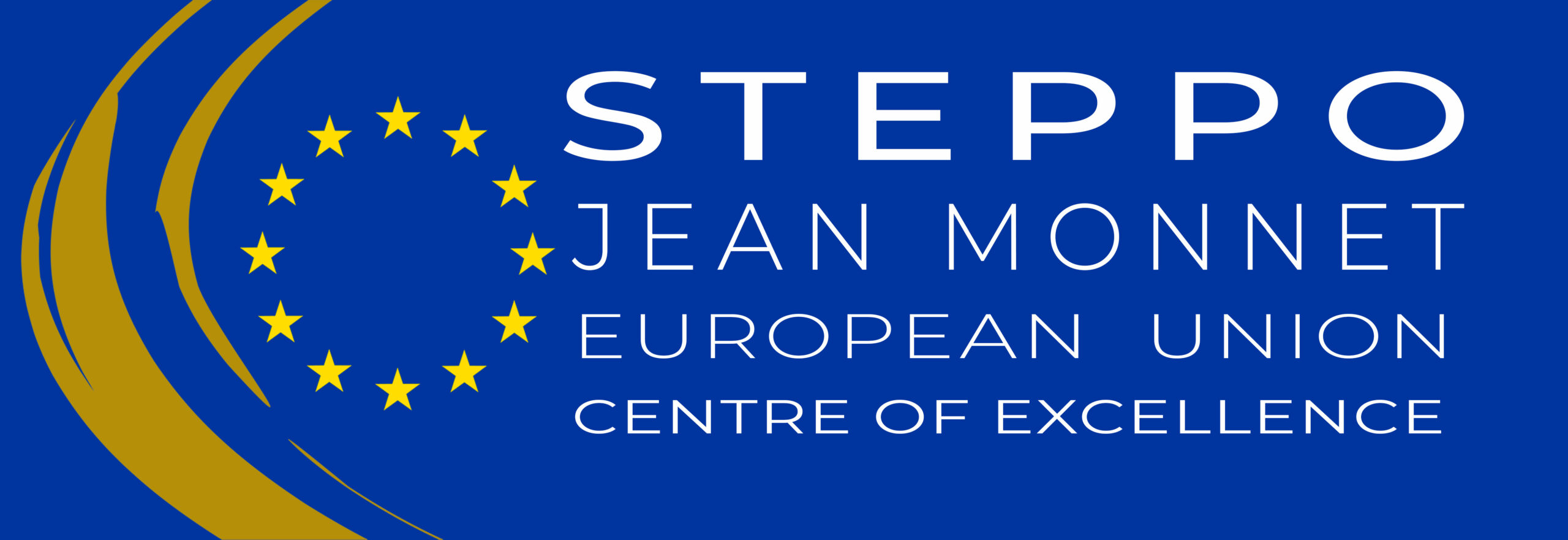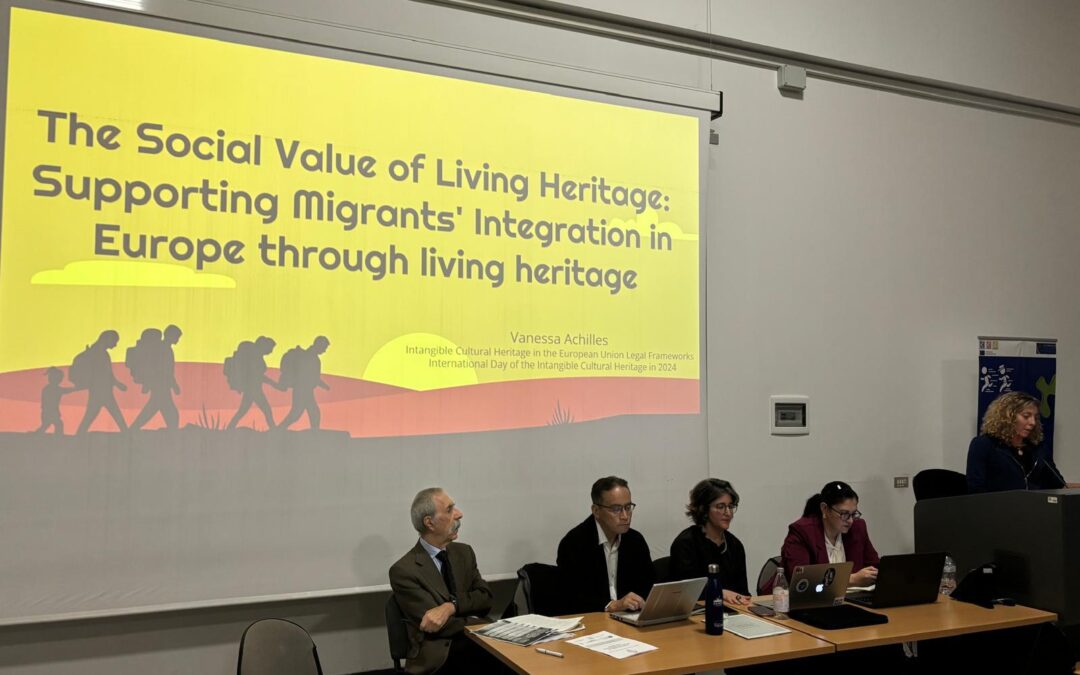Author: Andrzey Jakubowski
Committee: Eppo & Cultural Heritage Crimes Committee
Date: 26/11/2024
1. The international art market is currently one of the fastest changing and most lucrative markets in the world. Over the past three decades, it has evolved from a niche, connoisseur market for collectibles into a multi-billion dollar industry with strong growth potential in the coming years. However, this development has also been followed by the increase in trafficking in cultural objects. According to INTERPOL, the black market in art is becoming as profitable as the market in drugs, weapons and counterfeit goods. Illicit operations involve antiquities and archaeological objects in particular. Some estimates indicate that as much as 80-90% of antiquities on the world market may come from unprovenanced sources, and their circulation is often linked to other forms of organized crime, such as money laundering. In addition, the illicit art market is also estimated to be one of the most important sources of terrorist financing. For these reasons, cultural heritage crimes are not only perceived (and recognized) as posing a threat to the protected assets but also as those threatening global peace, security and the enjoyment of all human rights.

2. Many legal and policy initiatives to combat these threats have recently been undertaken, both at global and regional levels, particularly in the EU. Indeed, while the competences of Union in respect of cultural heritage are limited to powers that support, coordinate and supplement the actions of the Member States, the EU has already established a robust spectrum of instruments to combat trafficking in cultural objects and to safeguard such materials as a matter of realizing human rights. Alongside the legislation to protect Iraqi and Syrian cultural heritage, adopted in line with the obligations set up by the UNSC, the new important regime has been established under Regulation (EU) 2019/880. This states that ‘[c]ultural heritage constitutes one of the basic elements of civilisation having, inter alia, symbolic value, and forming part of the cultural memory of humankind’, enriching ‘the cultural life of all peoples and unites people through shared memory, knowledge and development of civilisation’. While adopted in the context of the 1970 UNESCO and the 1995 UNIDROIT Conventions, it also explicitly refers to the human dimension of protecting cultural heritage and reaffirms that ‘[t]he exploitation of peoples and territories can lead to the illicit trade in cultural goods, in particular when such illicit trade originates from a context of armed conflict’. Such trade, ‘in many cases contributes to forceful cultural homogenisation or forceful loss of cultural identity, whilst the pillage of cultural goods leads, inter alia, to the disintegration of culture’. Hence, ‘[t]he Union should accordingly prohibit the introduction into the customs territory of the Union of cultural goods unlawfully exported from third countries, with particular emphasis on cultural goods from third countries affected by armed conflict’.

3. The fight against illicit trade in cultural objects is now covered by the EU Security Union Strategy, and the EU Strategy to tackle organized Crime for 2021-2025 (EU Strategy). This is aimed at raising awareness, improving information exchange and cooperation (including with non-EU countries), and strengthening capacity building and expertise. In this regard, EU Member States are also bound to introduce measures imposing on traders, or intermediaries in art trade certain obligations under the EU anti-money laundering framework.
4. Moreover, the collaborative networks already established within the Area of Freedom, Security and Justice (AFSJ) has produced a number of initiatives and successes. The cooperation of national polices, EUROPPOL, Eurojust have produced a number of important outcomes. Including training, joint investigations (the pivotal role of the Italian Comando Carabinieri Tutela Patrimonio Culturale). See the case of operation Pandora (archaeological heritage across Europe, especially in the Mediterranean), and old books thefts in the Northern Eastern Europe.
5. One of the key elements of the EU Strategy was the adoption of the 2022 Action Plan. This addresses four strategic objectives: (I) improving prevention and detection of crimes by market participants and cultural heritage institutions; (II) strengthening law enforcement and judicial capabilities; (III) boosting international cooperation, and (IV) gaining the support of other key stakeholders to protect cultural goods from crime. It thus provides for the coordination of actions across different EU policies, since cultural goods trafficking is not only a threat to ‘the safety of EU citizens, but can also cause irreparable damage to our cultural heritage and therefore, our common identity’. Yet it does not include concrete steps or actions to be undertaken at the EU level, as these need to be performed by Member States, whose actions are to be encouraged, supported and coordinated by the EU. Significantly, the fight against trafficking of cultural objects has recently been included in the strategic guidelines of the recently released revised 2023 Civilian Common Security and Defence Policy (CSDP) Compact, strengthening the civilian side of the Common Security and Defence Policy.
6. As for prosecuting crimes against cultural heritage committed in armed conflicts, EU Member States can prosecute the violations of international humanitarian law rules on the respect of cultural property as well as offences relating to the illicit trade, money laundering and organized crime.

7. In June 2023, the Council issued Conclusions on the fight against trafficking in cultural goods. This instrument was adopted in the context of the 2022 Action Plan, and Russia’s continuing war of aggression against Ukraine. It thus emphasized the need to safeguard cultural heritage in conflict areas, particularly the specific situation of Ukraine. It confirmed the Union’s increasing ‘support to the protection of Ukrainian cultural goods from destruction and theft and illicit export by supporting registration and, if requested, evacuation and physical protection of collections’. It also focused on the better implementation of the existing institutional and legal frameworks, and coordination between EU enforcement and judicial authorities, particularly it recommends to ‘take full advantage of Europol’s as well as Eurojust’s support and expertise for cross-border law enforcement and judicial cooperation’. Importantly, the Council of the EU, based on Article 29 TEU, can ‘adopt decisions which shall define the approach of the Union to a particular matter of a geographical or thematic nature’. These may include restrictive measures against states, legal and natural persons responsible for grave violations of international law, as now happens with sanctions against Russian curators involved in looting in Ukraine (sanctions of 2023), and against introduction of Ukrainian cultural objects looted, illicitly excavated (sanctions of 2024).

8. As for the EU’s engagement, the role of the European Public Prosecutor’s Office (EPPO) must be underlined. Until now the EPPO has dealt with the cases of misuse of EU funds in cultural sector. To date, there have been three cases involving cultural sector: conservation materials in Romania, conservation of monuments in Bulgaria, and digital exhibitions in Czech Republic.
However, the 2022 Action Plan advocates that ‘[t]he European Public Prosecutor’s Office (EPPO) could investigate and prosecute specific cultural goods trafficking related offenses falling within its competence’. So, this agency of the EU may play in the future the key role in the faith against money laundering in the cultural sector. In particular, this applies to situations where the illegal circulation of cultural property would involve money laundering and avoidance – circumvention of Union sanctions.

